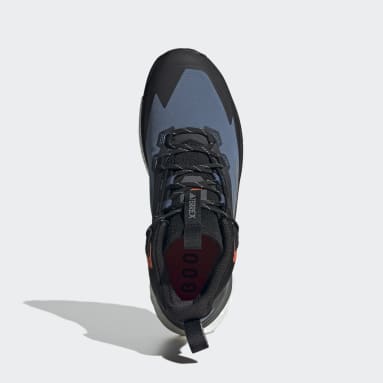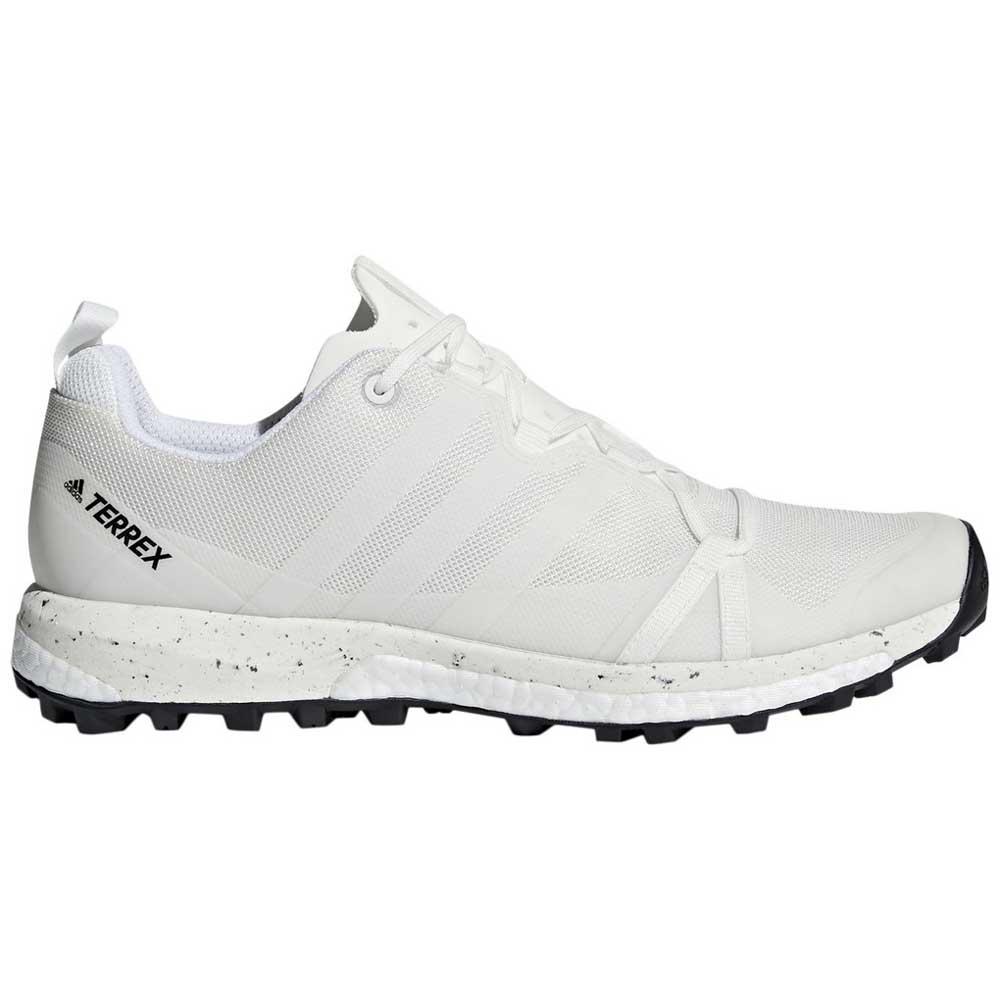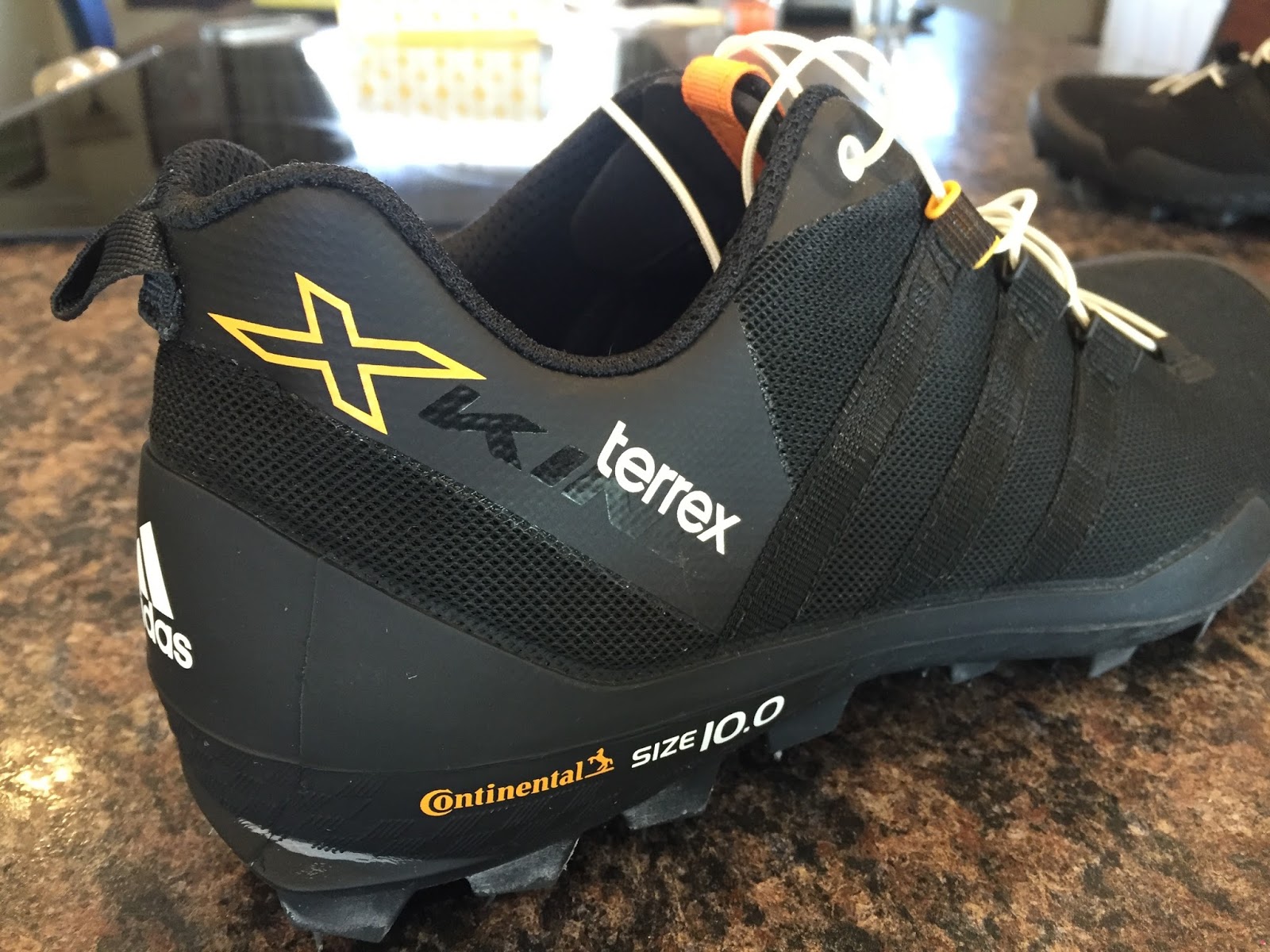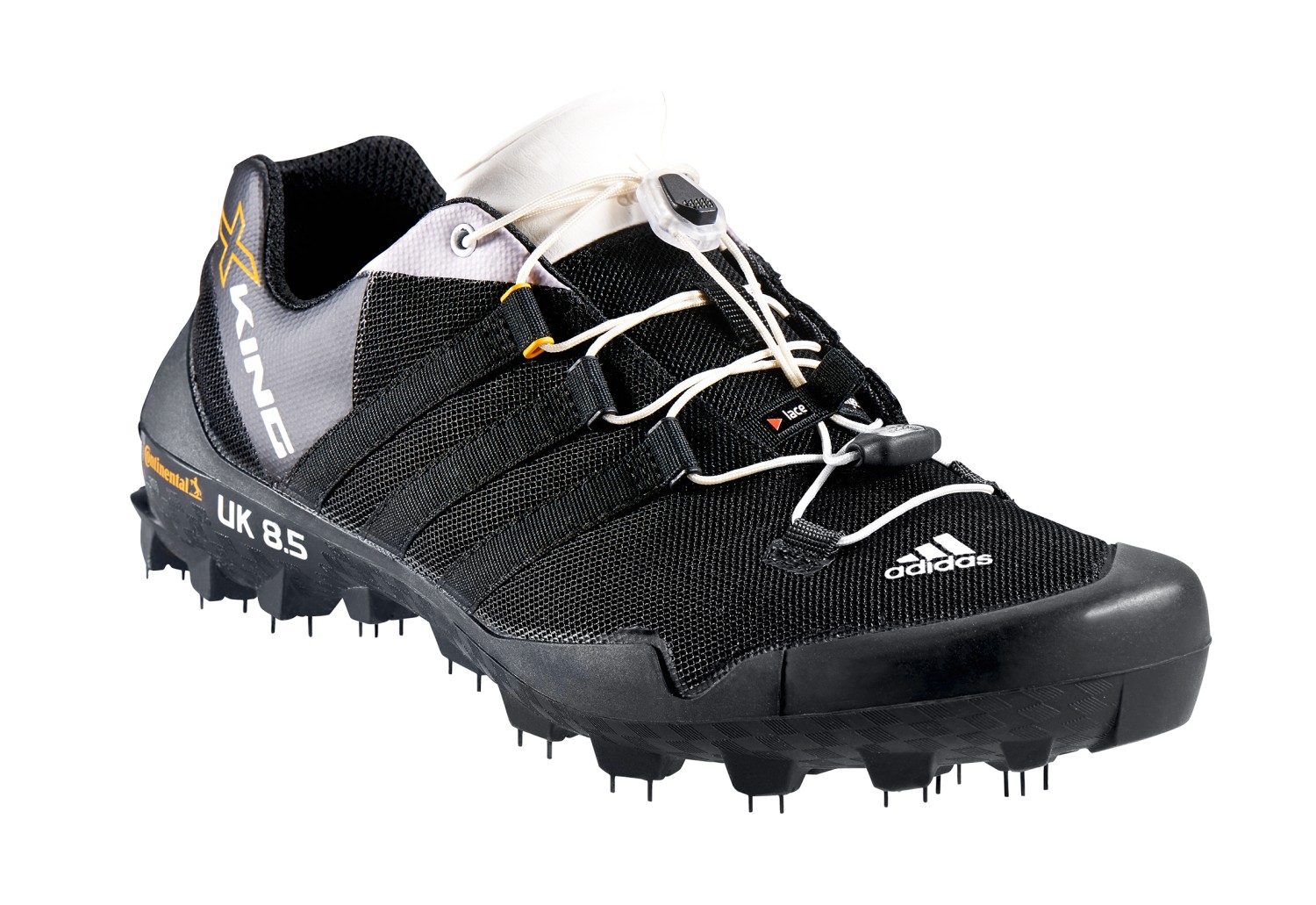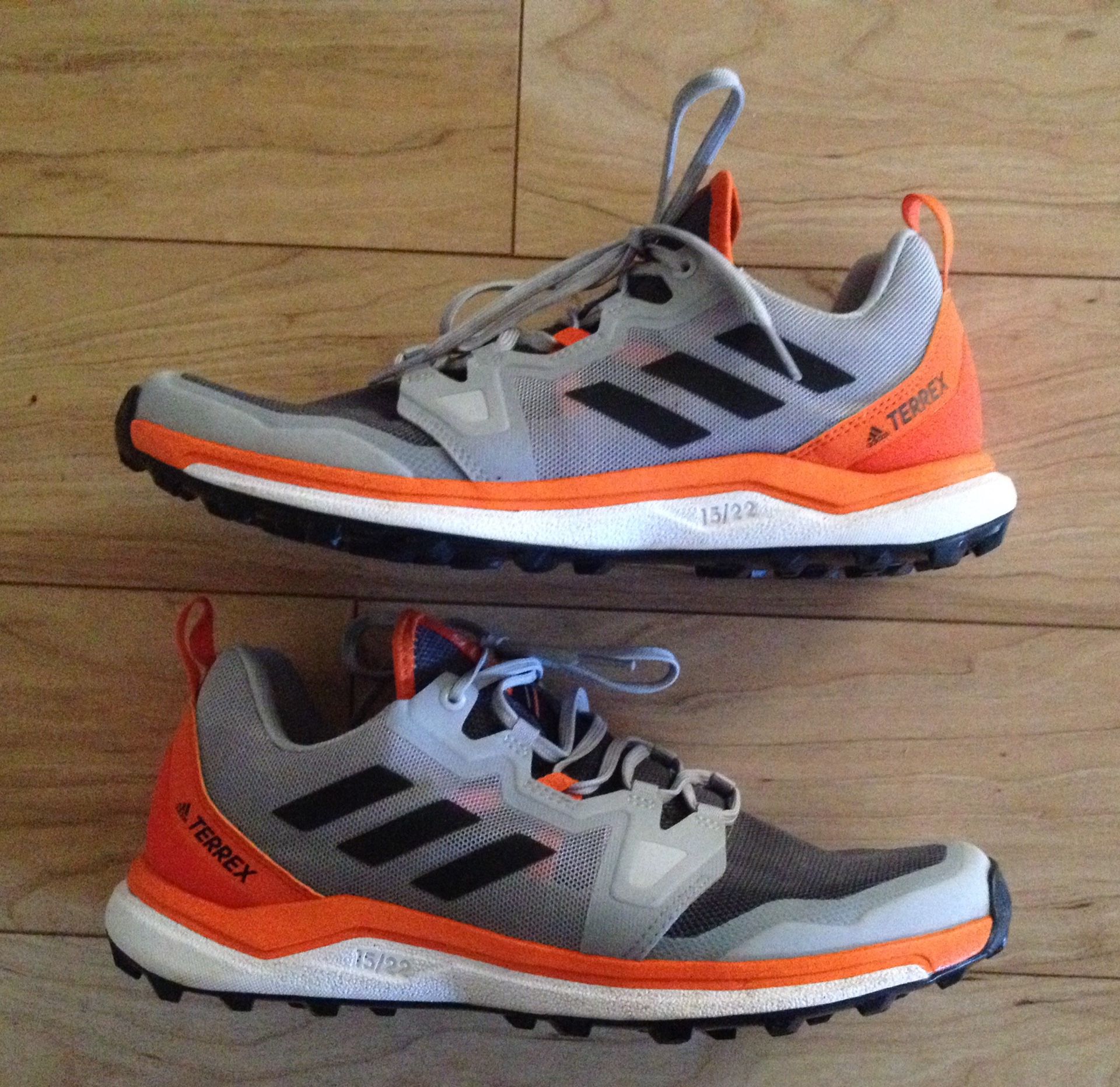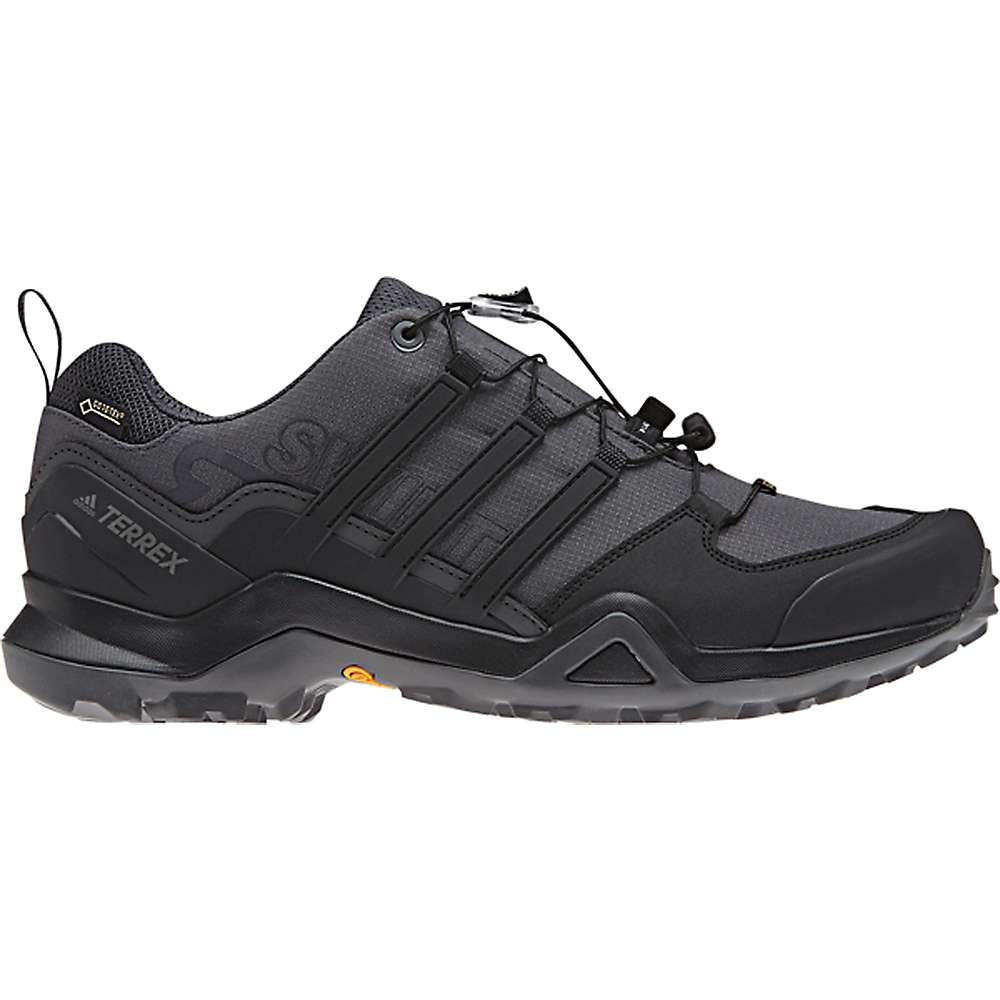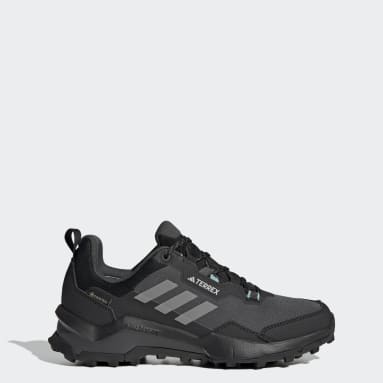
Amazon.com | adidas outdoor Women's Terrex CMTK W Walking Shoe, Black/Chalk White/ash Green, 8 M US | Walking

Adidas Terrex AX3 Continental Men`s Hiking Shoes Black FX4575 Outdoor Shoes | 692740627557 - Adidas shoes Terrex Continental - Black | SporTipTop

Amazon.com | adidas outdoor Men's Terrex CMTK Walking Shoe, Black/White/Grey Three, 8.5 D US | Walking

